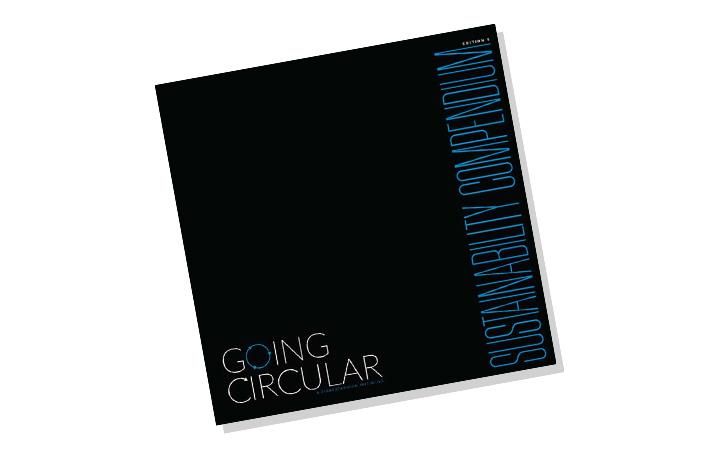Circularity is effective in reducing footprint: IAF

"Together with Euratex, FESI (Federation of the European Sporting Goods Industry), Global Fashion Agenda and Sustainable Apparel Coalition (SAC), the IAF is a signatory of the ‘Manifesto to deliver a circular economy in textiles’. Circularity is a global supply chain issue. Governments across the world can improve the infrastructure to enable more circularity. The manifesto also clearly states that “the loop is global, not regional.” The IAF will reach out to its global membership when the European discussion touches global supply chains," IAF president Han Bekke writes in an article in the hard bound fifth edition of the Sustainability Compendium - ‘Going Circular’ brought out by Fibre2Fashion.
IAF's mission is to unite the entire industry to create stronger, smarter and more sustainable supply chains. "Dealing with supply chains, asymmetrical work is not effective," Bekke writes in his article 'There's work to be done'.
Pre-order your copy of the Sustainability Compendium V – Going Circular
Fibre2Fashion News Desk (RKS)
































-Ltd..jpg?tr=w-120,h-60,c-at_max,cm-pad_resize,bg-ffffff)





.jpg?tr=w-120,h-60,c-at_max,cm-pad_resize,bg-ffffff)
.jpg?tr=w-120,h-60,c-at_max,cm-pad_resize,bg-ffffff)






